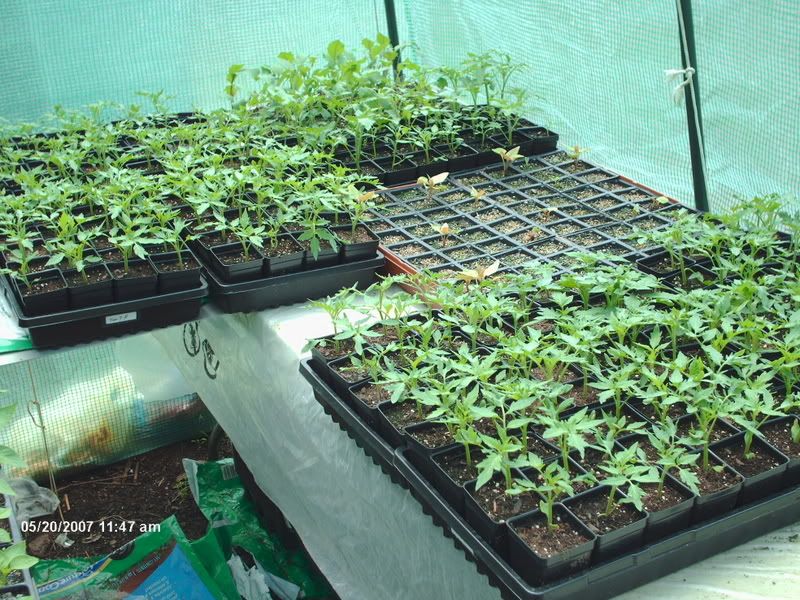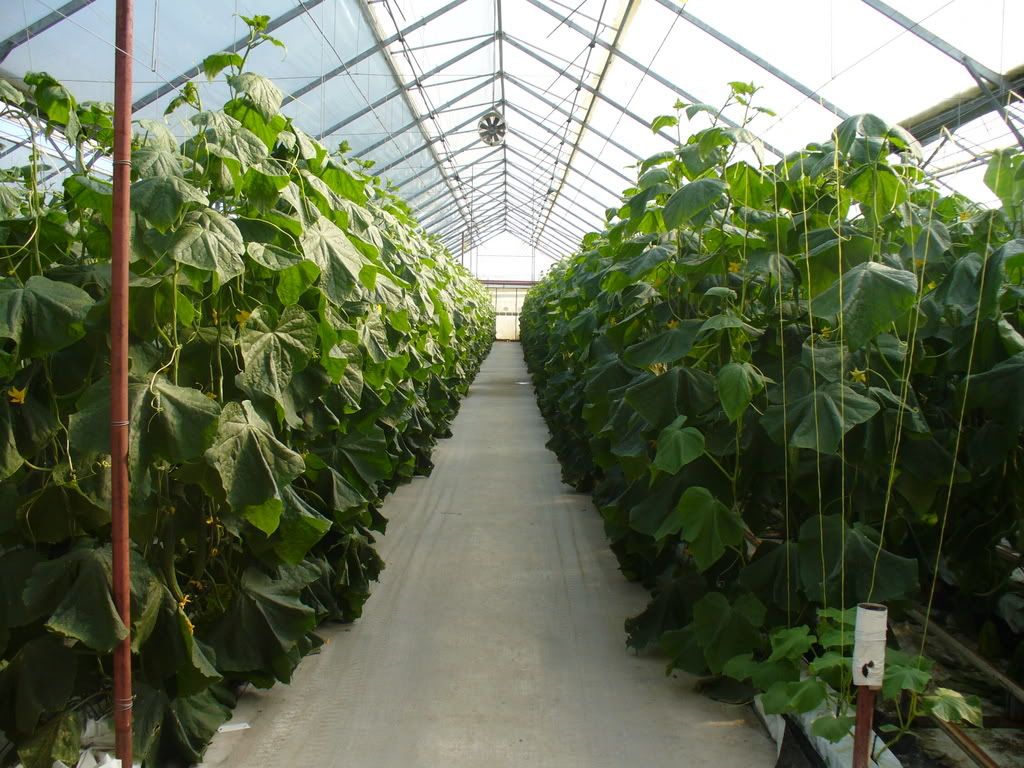Some insects may not cause significant direct harm to plants but may, as those listed above, act as vectors for devastating diseases.
1. Shore flies:- Appearance: Look like miniature houseflies.
- Life cycle: Eggs are laid in moist, algae infested areas. Larvae burrow down and feed on organic matter including plant roots. Pupal stage is in the root zone. Adults are black, usually only fly when disturbed and can be found on tops of Rockwool blocks or other moist places where algae grows.
- Damage: Shore flies have been shown to transmit pathogenic fungi including Pythium and Phytophthora. They eat the fungal spores, that remain intact in the gut, fly to an uninfected plant and deposit the spores. The new plant can then become infected. Shore flies can also carry viruses.
- Control: The bacteria Bacillus thuringiensis (Gnatrol) attacks the larval stage.A soap solution (Safer Soap) can be sprayed onto the adults, plugging their breathing tubes along their sides and suffocating them. Preventative: Silica sand can be put on the surface of the Rockwool blocks which will inhibit algae growth and subsequent fly habitat.
2. Fungus gnats (or Sciarid flies):
- Appearance: Look like miniature mosquitoes.
- Life cycle: Eggs are laid in moist, algae infested areas. Larvae are legless maggots with black heads that feed on organic matter. Pupal stage is in the root zone. Adults are grayish black with long antennae. They are very “nervous” fliers and are found near moist areas where algae grows (as above).
- Damage:Fungus gnats, like Shore flies, can transmit fungal and viral pathogens.
- Control: The bacteria Bacillus thuringiensis (Gnatrol) attacks the larval stage. A soap solution (Safer Soap) can be sprayed onto the adults, plugging their breathing tubes along their sides and suffocating them. Preventative: Silica sand can be put on the surface of the Rockwool blocks which will inhibit algae growth and subsequent fly habitat. Parasitic nematodes (Steinernema feltiae, S. carpocapsae): The 3rd larval stage is infectious. Optimum conditions for the nematodes include a temperature of 15C/59F (a little cool for tomatoes, peppers and cucumbers) as well as high humidity


 Fungus Gnat and it's Larva
Fungus Gnat and it's Larva 





























No comments:
Post a Comment